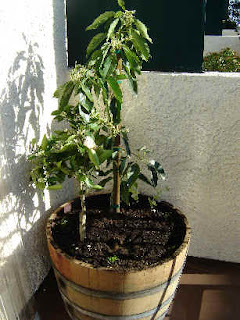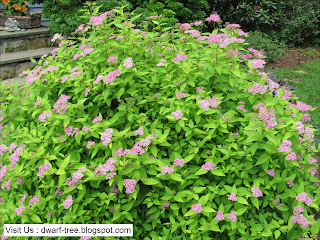Overview
The dwarf banana tree (Musa acuminata) is a popular plant for those with small plots of land or patio gardens. Dwarf banana trees grow 6 to 8 feet tall and produce 4-inch bananas. Caring for the dwarf tree is identical to caring for the standard-size banana tree, with the exception of those being grown in containers. Pot-grown dwarf banana trees require a bit more attention so that the soil doesn't dry out. The dwarf banana tree can be grown outdoors in USDA Hardiness Planting zones 9 to 11.Step 1
Give the dwarf banana tree as much warmth as possible. Plant it next to the house where it can receive radiant heat, or, if you are growing your dwarf banana in a pot, place it in the warmest, sunniest area of the yard.Step 2
Provide the dwarf banana tree with well-drained soil that is slightly acidic. Plant in pots with equal parts of sphagnum peat moss and potting soil. Plant in the garden using peat moss as mulch, applying a 3-inch layer to the base of the plant and spreading it out in a 3-foot radius.Step 3
Water the dwarf banana tree to keep the soil consistently moist. Don't allow the soil, whether in a pot or the garden, to dry out.Step 4
Mist the banana plant frequently if the weather is particularly dry.Step 5
Fertilize the mature dwarf banana plant monthly with an 8-10-8 formula. Spread 1 lb. of fertilizer on the soil beneath the tree (do not allow the fertilizer to touch the trunk) and spread it in a 4-foot radius around the tree. Fertilize pot-grown dwarf banana trees with the same formula according to the rate suggested on the package for potted plants. Water after fertilizing.Step 6
Prune off any shoots growing from the bottom of the plant to allow the dwarf banana plant to spend all of its energy on the main shoot.Step 7
Protect the dwarf banana tree from winter frost by digging it up, placing it in a pot with potting mix and bringing it indoors to a warm, light area. Keep the soil moist over the winter.Source Of Image

